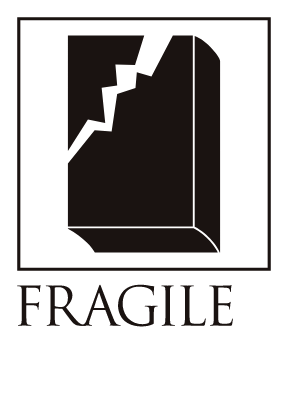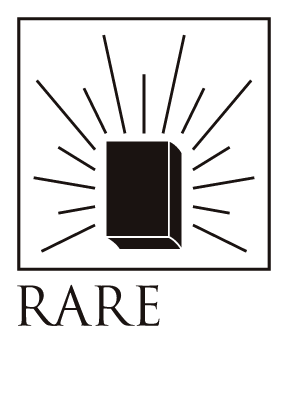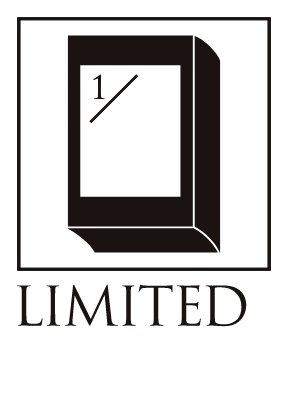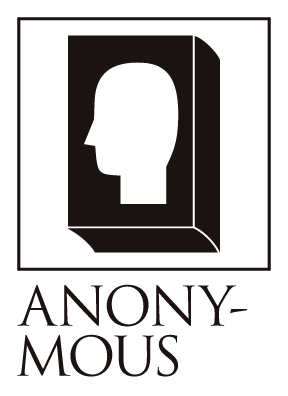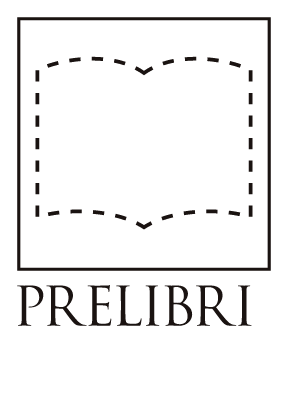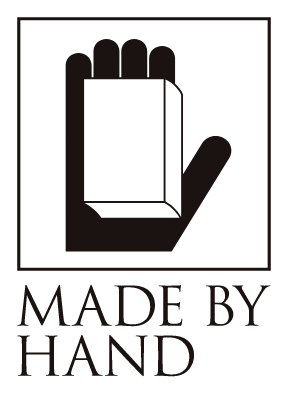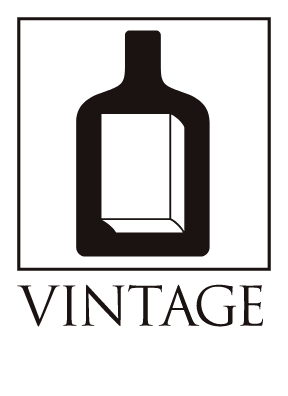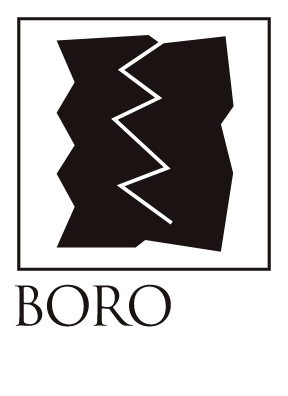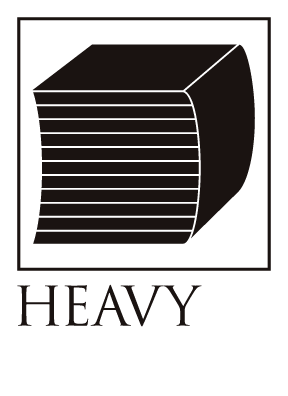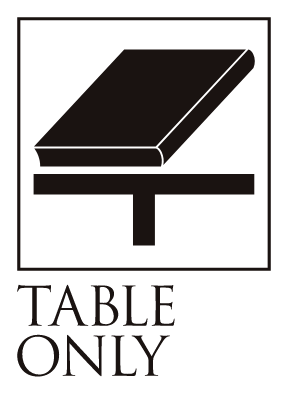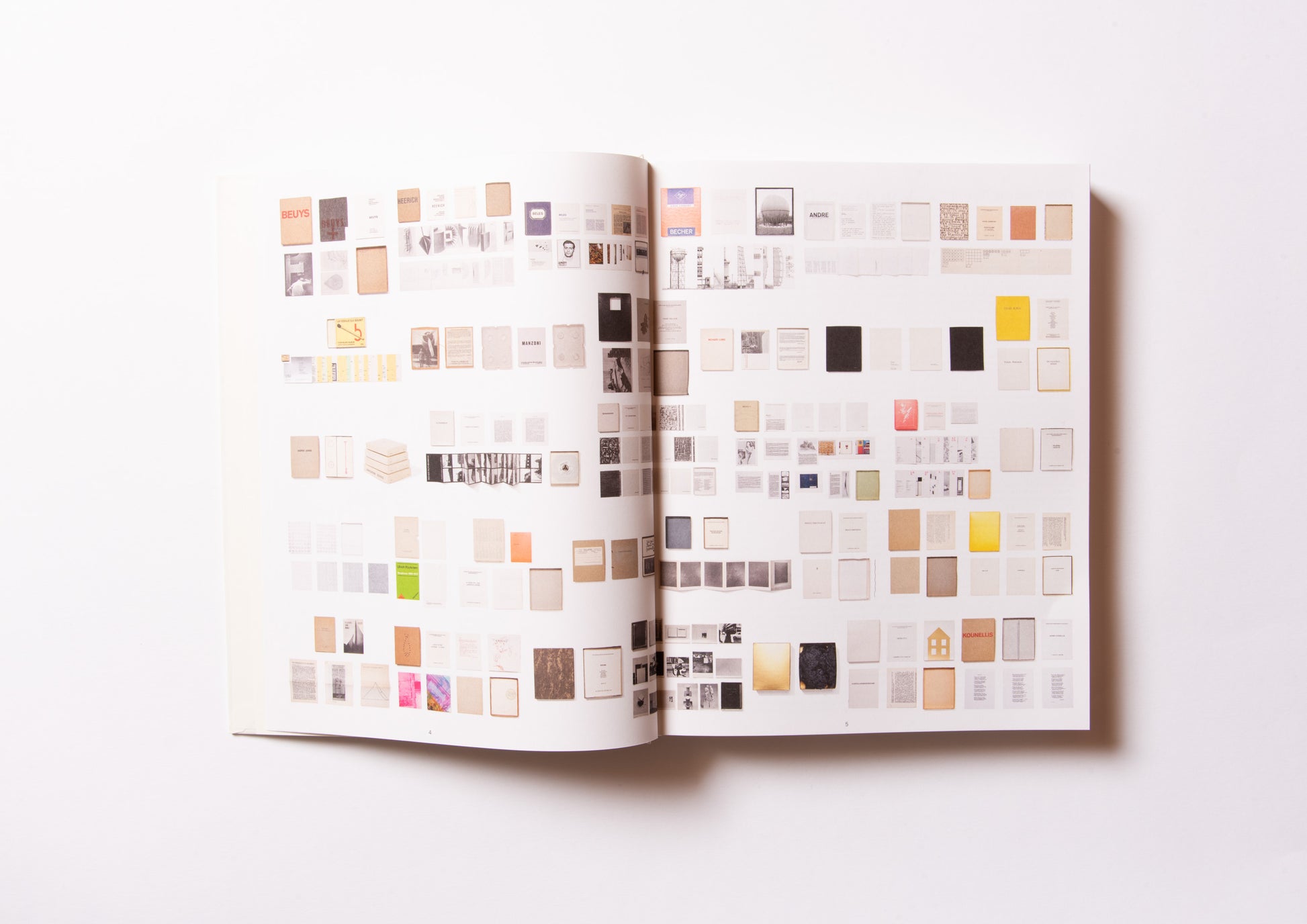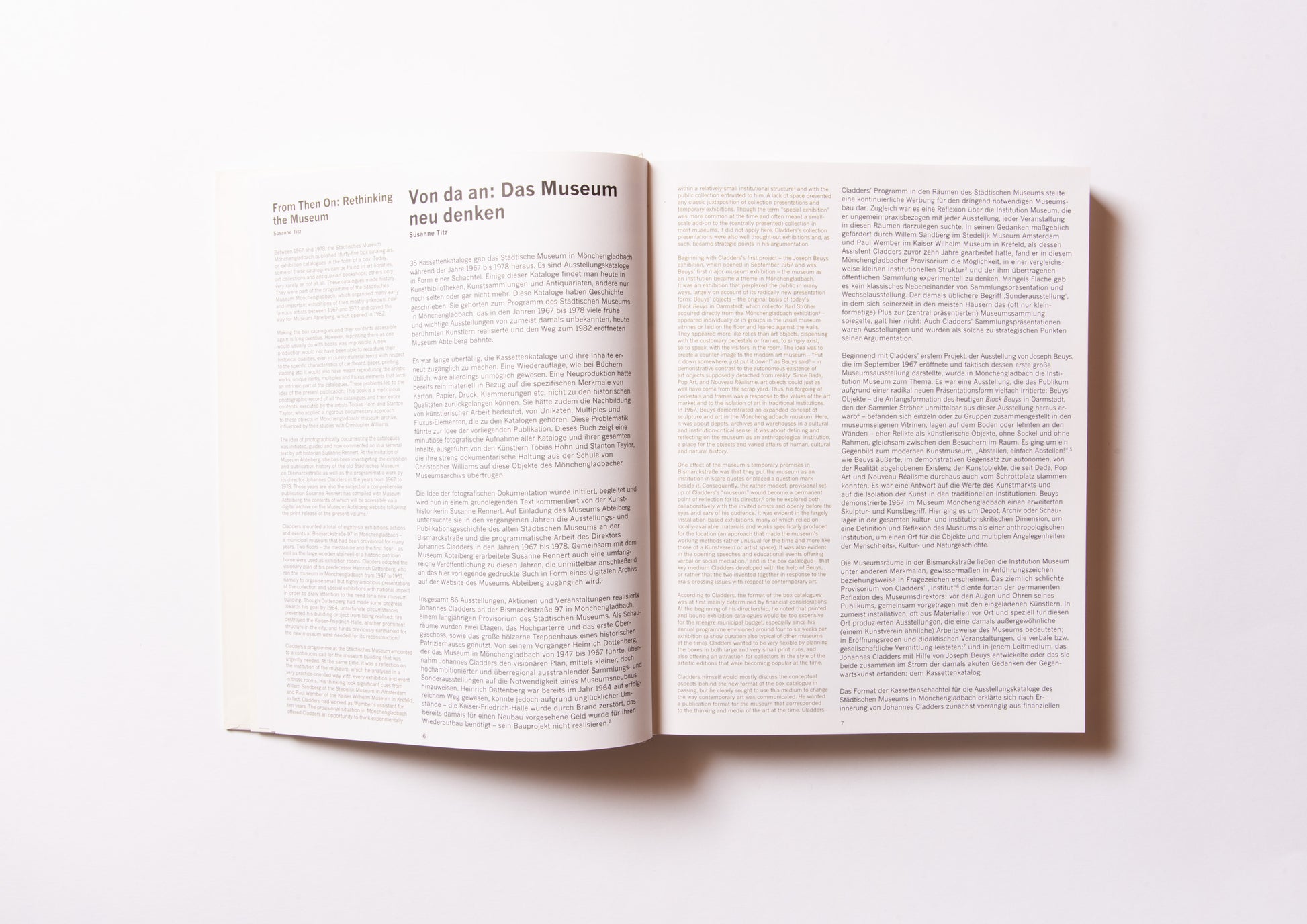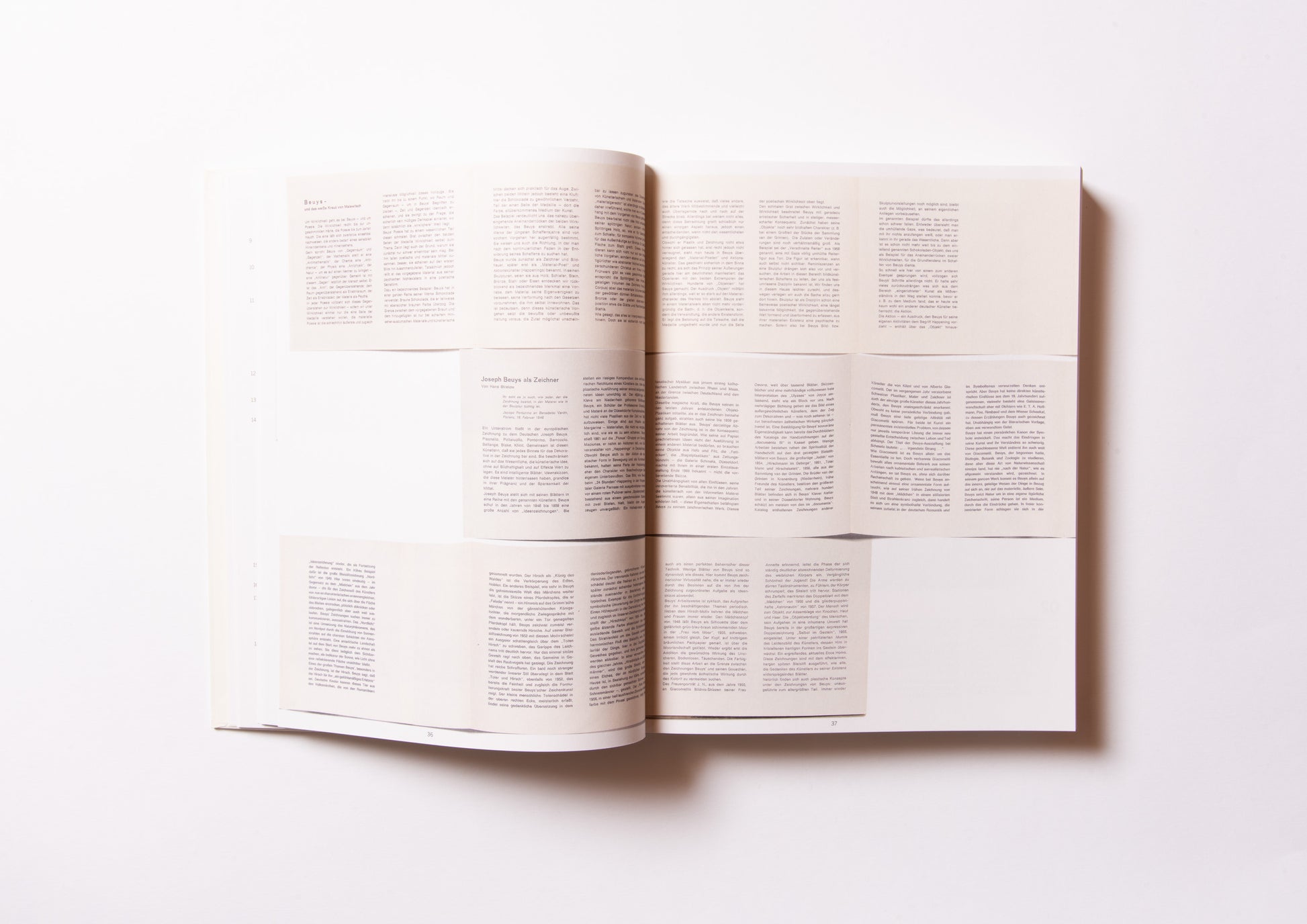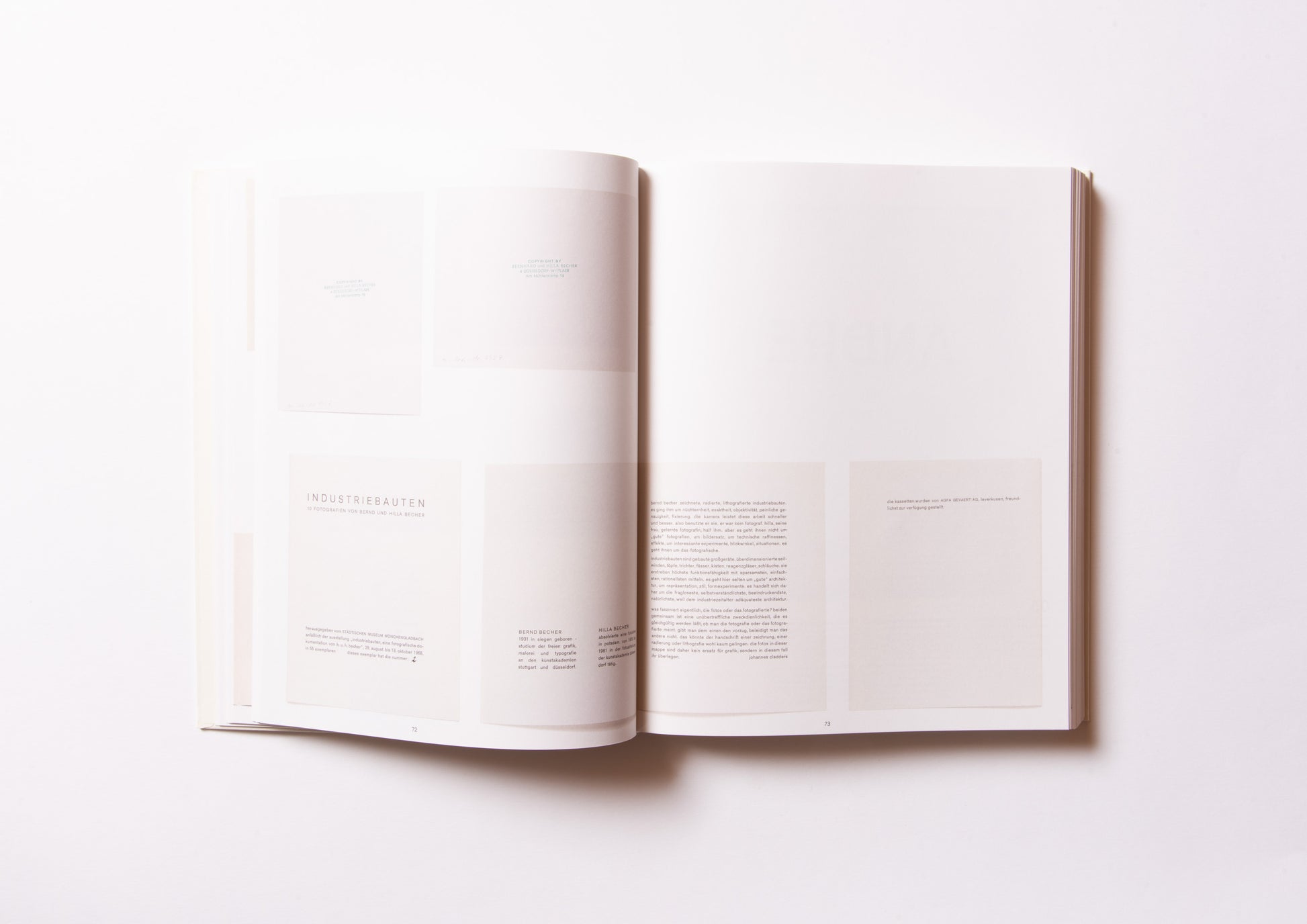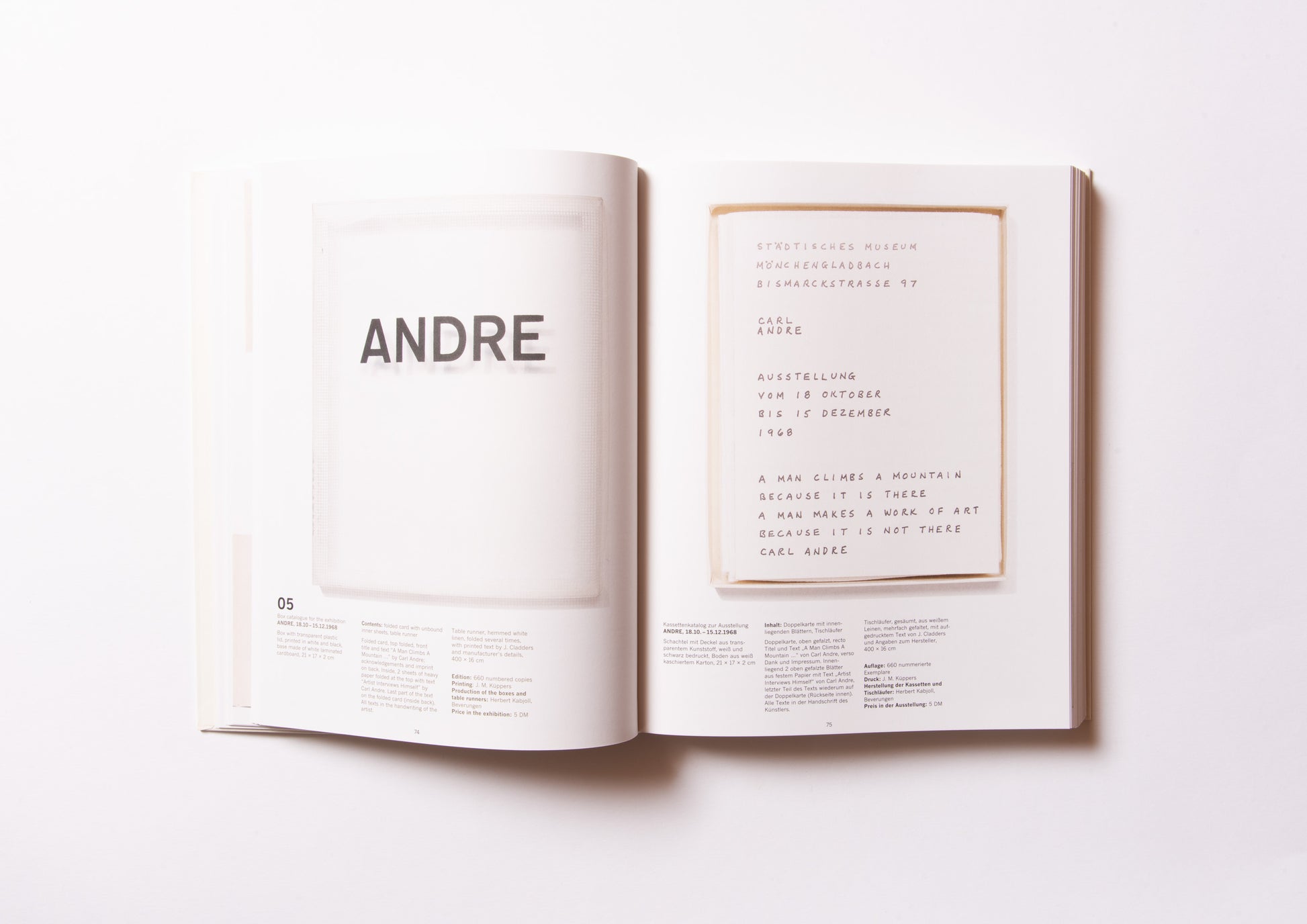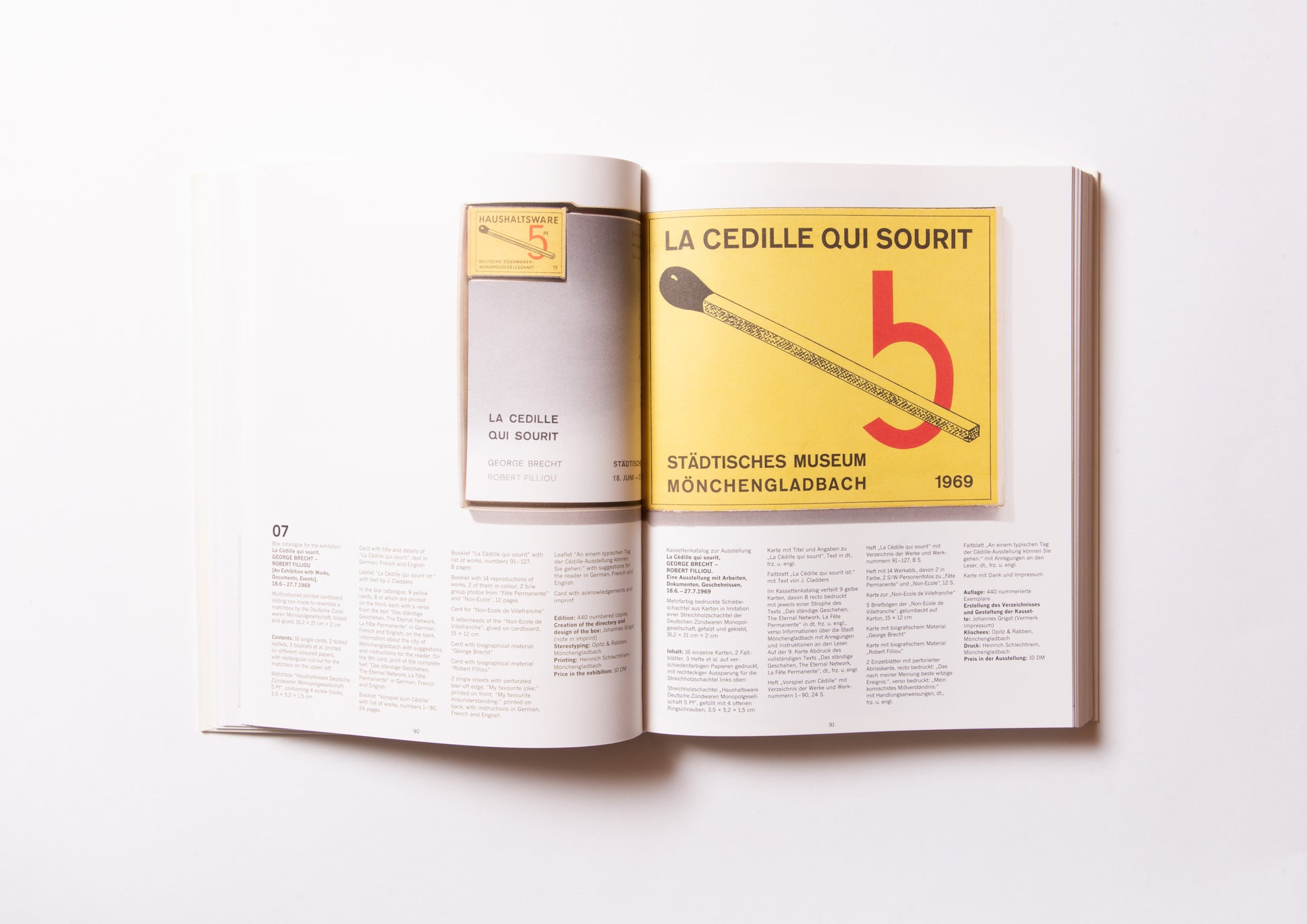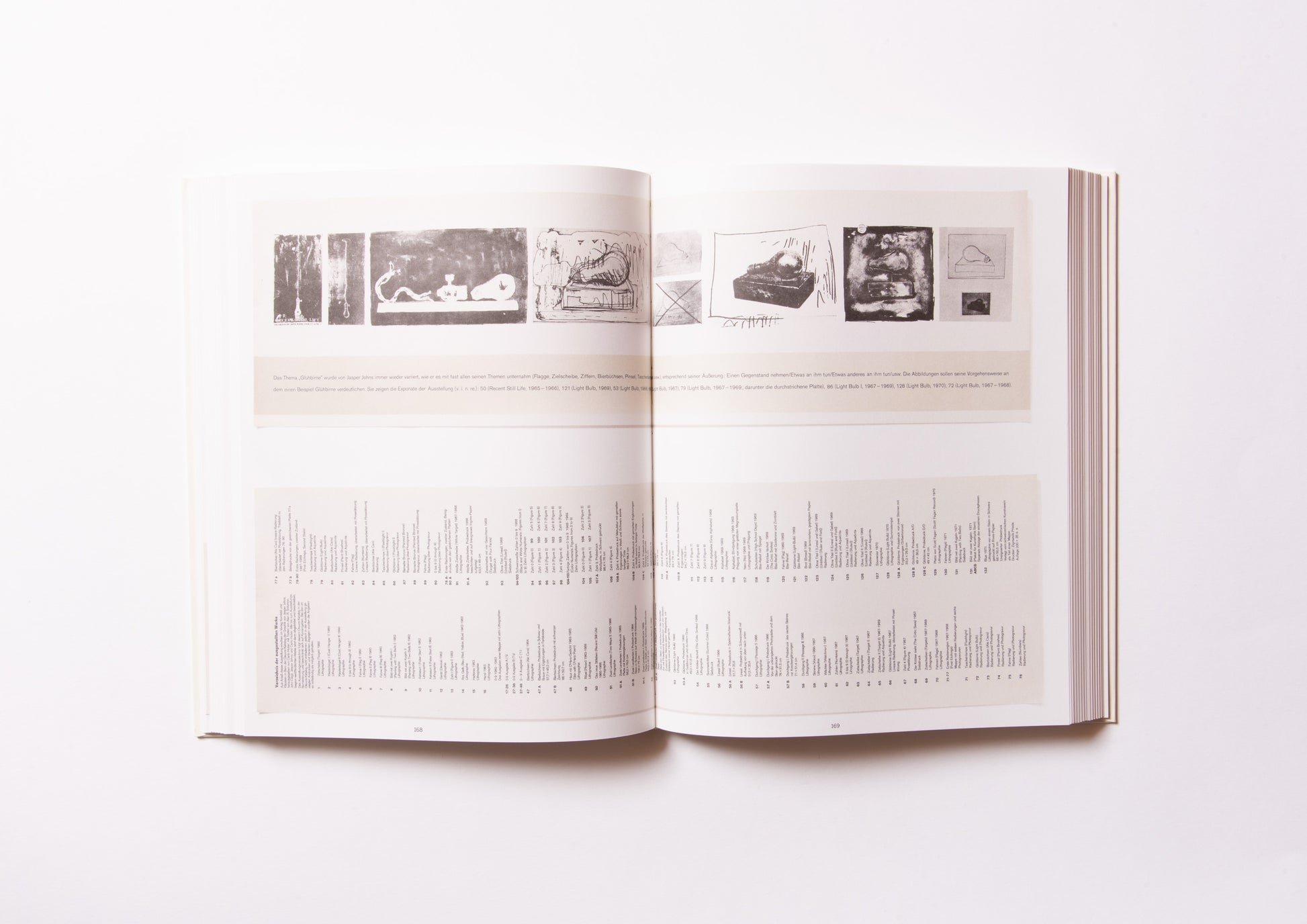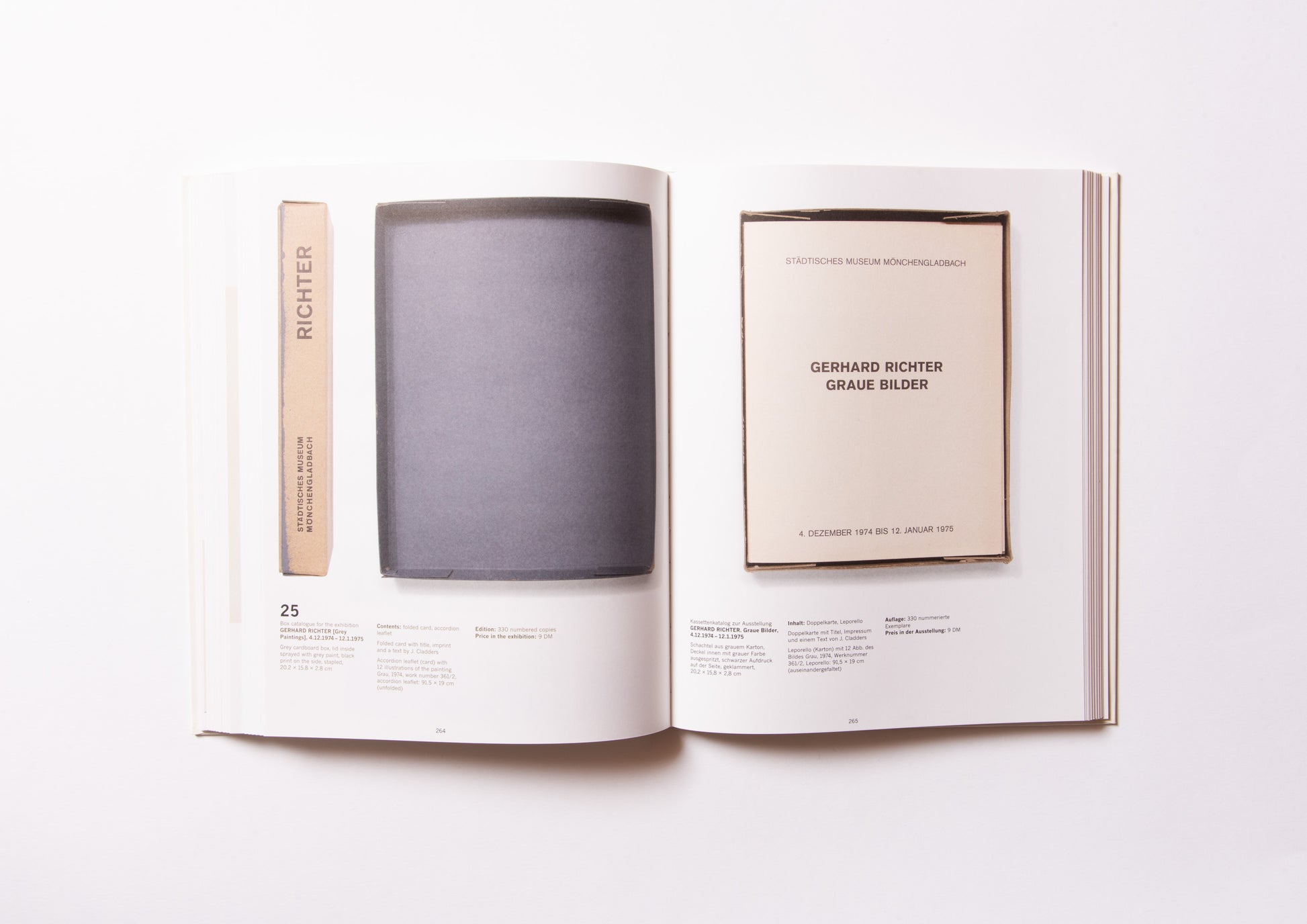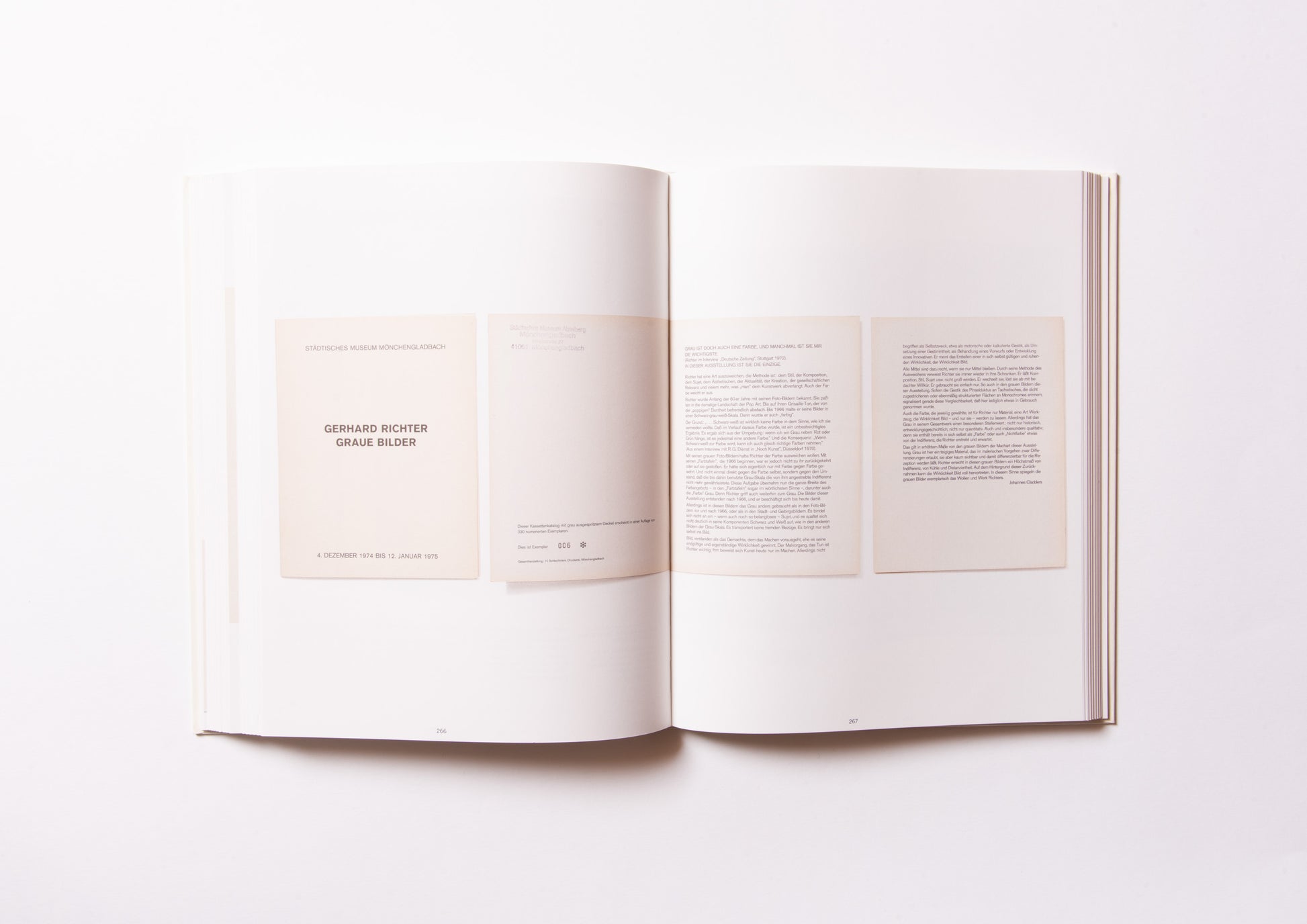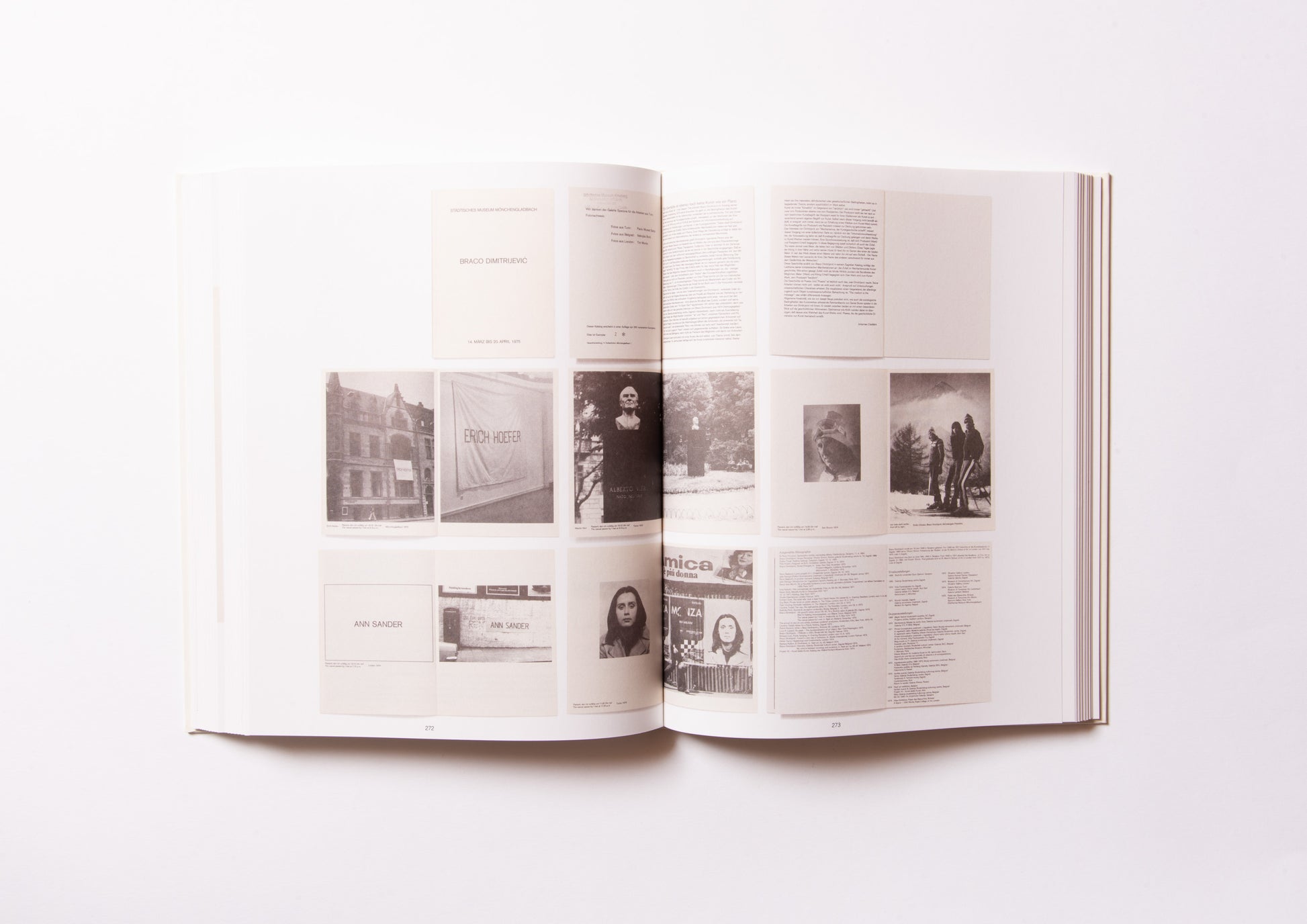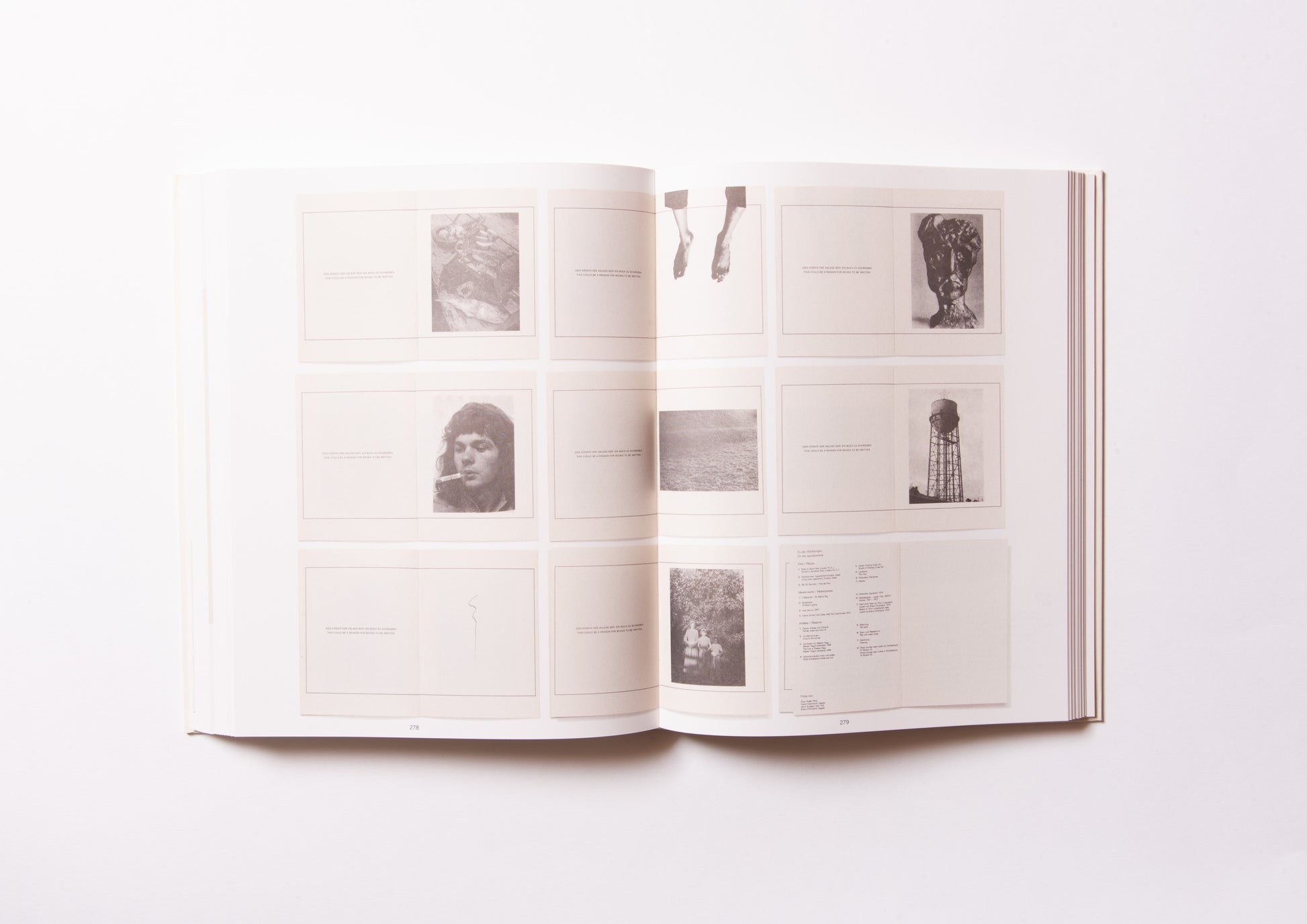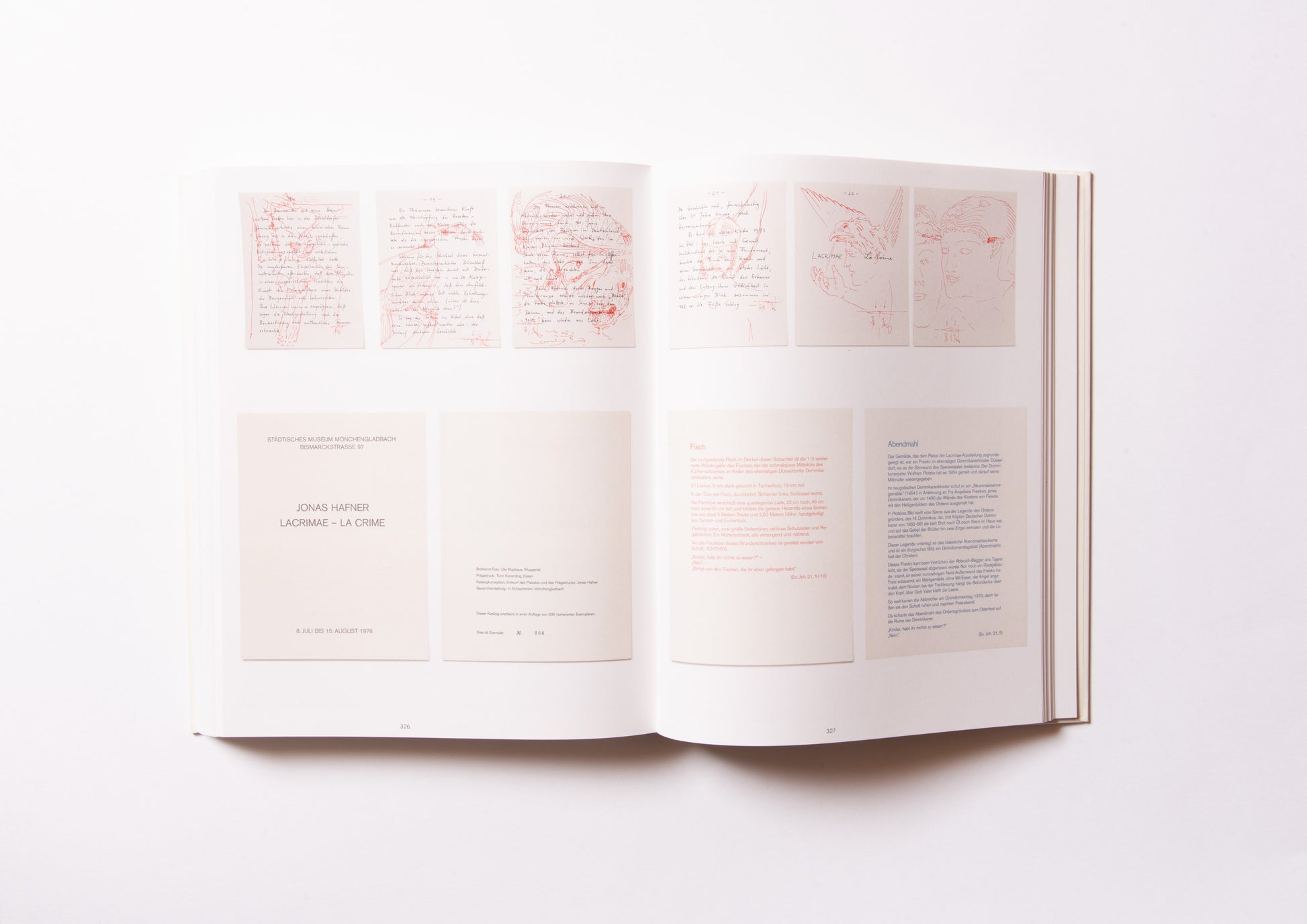DIE KASSETTEN KATALOGE DES STÄDTISCHEN MUSEUMS MÖNCHENGLADBACH
Bibliographic Details
- Title
- DIE KASSETTENKATALOGE DES STÄDTISCHEN MUSEUMS MÖNCHENGLADBACH
- Editor
- Susanne Rennert & Susanne Titz
- Designer
- Petra Hollenbach
- Director
- Susanne Titz
- Images
- Photo by Tobias Hohn, Stanton Taylor
- Publisher
- Walther Konig Verlag
- Year
- 2020
- Size
- h285 x w225 x d40 mm
- Weight
- 1800g
- Pages
- 392 pages
- Language
- German / English
- Binding
- Hardcover / ハードカバー
- ISBN
- 9783960989066
The German museum
Published instead of a catalogue
A comprehensive catalogue of "take-home museums."
During the 11 years from 1967 to 1978,A box book called "Box Catalogue" (commonly known as Kassetten) was published by the Mönchengladbach Municipal Museum. The key person in charge is the publisher, producer, and museum director, Johannes Kladas.
Crudas was a pioneering curator who sought a new style of museum. In 1968, in his essay "anti-museum," he declared that the ideal museum of the future would be one that "removed physical walls and constructed a spiritual home." He wanted to find the true value of art in communication with people, rather than that it be because it is placed inside an authoritative building. He even thought that museums were in fact getting in the way. After that, Crudas spent a long time putting his "anti-museum" into practice. The place where he put it into practice wasIt all starts at the Mönchengladbach Art Museum.
In 1967, Kladas became director of the Municipal Museum of Mönchengladbach (now the Abteiberg Museum) in Germany. He organized the first exhibition at this small town's municipal museum, which signaled the beginning of the "anti-museum" movement. It was Joseph Beuys' first solo exhibition at a museum. Beuys was a 46-year-old veteran at the time, and was teaching as a professor of sculpture at the Düsseldorf Art Academy, the same school that produced Gerhard Richter and Anselm Kiefer, and was still virtually unknown as an artist. Moreover, Beuys was on the verge of being fired from the school for abolishing the entrance exam and insisting on accepting all 142 students who could not get in because of the school's quota into his class. In any case, it was a time when Beuys was not yet considered one of the most representative artists of the 20th century.
After many twists and turns, the exhibition by Beuys was decided, but the Municipal Museum did not have the budget to make a special catalogue. All they could do was a small, ordinary pamphlet printed on the cheapest paper. So Beuys, who had released a boxed work from Edition Rene Block the previous year, came up with the idea of an experimental, hybrid publication that mixed an exhibition catalogue with a multiple work. A multiple is a "mass-produced artwork" as opposed to an original work that only has one piece, and it became common after Fluxus released it in various ways in the 1960s. Thus, together with Beuys, the Municipal Museum of Mönchengladbach's legendary publication "Box Catalogue (commonly known as Kassetten)" was born, and a total of 35 limited edition boxes were published one after another over the 11 years from 1967 to 1978, when Kladdas was the director.
The box book was published with an impressive lineup of artists who would later be recognized as some of the most representative artists of the 20th century, including Joseph Beuys, Bernd and Hilla Becher, Marcel Broodthaers, Hanne Darboven, Piero Manzoni, and Gerhard Richter.
The box catalogues, which are independent art projects in themselves, hardly meet the requirements of an exhibition catalogue. Some of them even don't mention the exhibition at all. Nevertheless, the fact that art can be experienced anywhere, outside of a museum or at home, is the most symbolic expression of the "anti-museum" that Cruddas practices.
Text by Osamu Kushida
